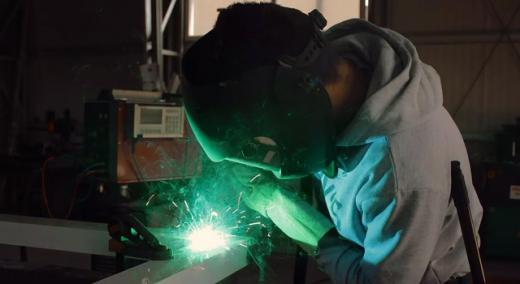The number of ISO 45001 certificates is growing fast, jumping 54% from 2020 to 2021, according to the ISO Survey.
|
ADVERTISEMENT |
This occupational health and safety standard is especially prevalent in manufacturing, where managing safety incidents is a core concern from the perspective of protecting workers, reducing costs, and avoiding compliance problems.
So what does ISO 45001 say about environmental, health, and safety (EHS) incident management, and how can manufacturers ensure compliance with the standard?
Below, we examine key clauses of the standard related to incident management and best practices for building your process. We also explore one big gap in EHS incident management today, and the role of technology in managing incidents.
Download a free case study to learn how one leading manufacturer created a customized process for root cause analysis and corrective action.
…

Comments
Excellent and important article
The sense I get from some Pennsylvania Training for Health and Safety (PATHS) webinars on incident handling and near miss reporting, and this is my position as well, is that safety near misses should be treated as if the incident had happened. This requires corrective and preventive action (CAPA) that uses the methods described in the article to remove the incident's root causes and also deploy the lessons learned to similar activities throughout the organization.
Japan calls a near miss report a hiyari hatto, or "experience of almost accident situation." Assume that, if it can happen, it will do so sooner or later so get rid of the underlying root causes.
Near Miss Definition
Great article, Ms. Ojeda.
To Ms. Ojeda and/or Mr. Levinson: Do you know if ISO or the "safety" industry at large, has a standard definition of a "near miss"? I'm wondering if what might be hindering the wider knowledge and useage of effective near-miss management, reporting, etc. is that we perhaps lack a definition that all interested parties and stakeholders agree upon.
Appreciate any feedback you may have.
Thanks,Dan
PowerPoint on near misses
https://www.dli.pa.gov/Businesses/Compensation/WC/safety/paths/resource… is from the Pennsylvania Training for Health and Safety
"A near miss is an unplanned event that did not result in injury, illness, or damage, but had the potential to do so. Only a fortunate break in the chain of events prevented an injury, fatality or damage; in other words, a miss that was nonetheless very near. A near miss describes incidents where, given a slight shift in time or distance, an injury, ill-health, or damage easily could have occurred but didn't this time."
They have numerous online presentations on occupational health and safety. They are free of charge and I recommend them highly.
Add new comment